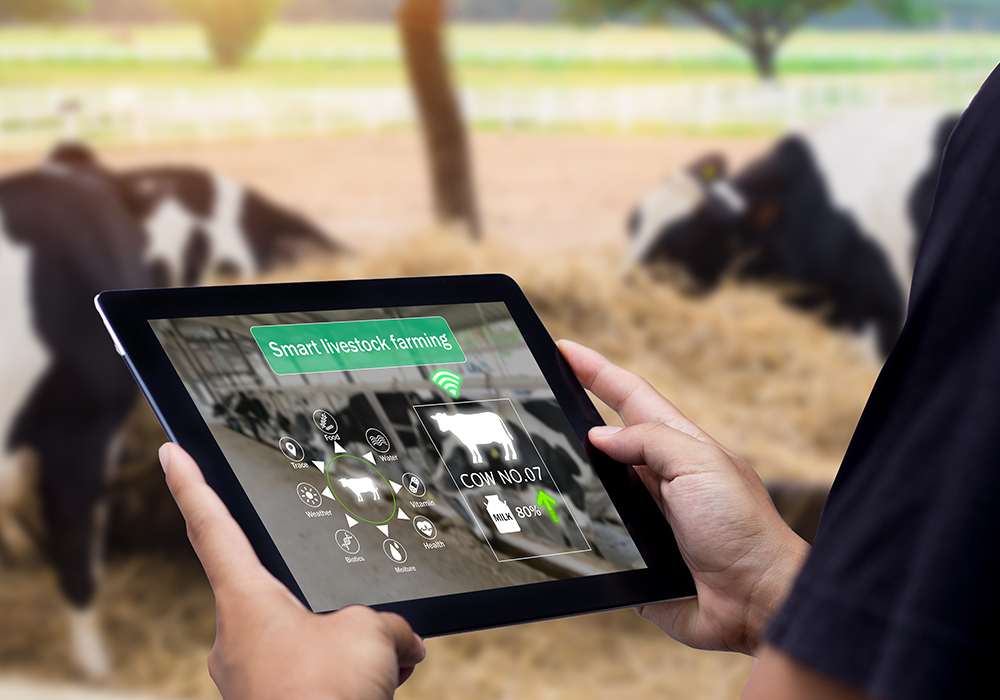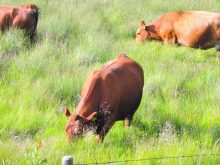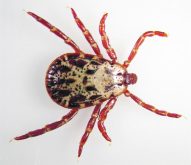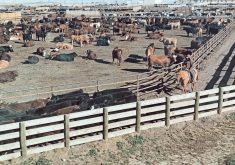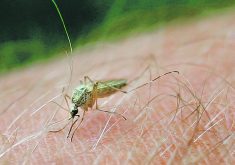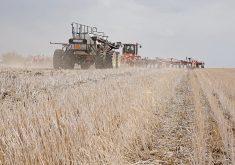Technological advances in agriculture range from feed additives to more complex satellite and drone applications
Technology will help farmers and ranchers meet challenges imposed on them by the growing population and climate change, said Alison Sunstrum, chief executive officer of CONSRV-X Inc.
As the developer and former owner of GrowSafe Systems, Sunstrum has a long history in agricultural technology.
She told the recent Saskatchewan Beef Industry Conference that technology runs the gamut from feed additives to more complex satellite and drone applications.
“The world’s farmers and ranchers are going to be called upon to double food production on the same or less land, to feed, fuel, clothe 10 billion, with likely less labour, adopt more efficient and sustainable production methods and adapt to climate change. That is a pretty big challenge,” said Sunstrum.
Read Also

Feds propose overhaul of chronic wasting disease control program
Chronic Wasting disease control program getting updated by Canadian Food Inspection Agency with feedback encouraged from producers.
She said climate change has a greater impact on farms than most people realize and consumer concerns about animal welfare, disease, antibiotic use and the environmental impact of livestock production “have left us in a place where I think if we have to do more with less and do so sustainably, we need a step change in innovation.”
Sunstrum’s work 30 years ago led to the ability to track animals in real time by observing ostrich behaviour at feeders. By measuring the number of visits to the feeder, researchers could identify illnesses when the number of visits dropped, she said.
“Our technology was the unprecedented ability in real time to continuously and automatically track animals, identify disease before symptom expression, measure and predict future intake gain and market value and to treat individual animals without human intervention,” she explained. “We improved animal welfare. We improved profitability, which is perhaps the most important aspect of sustainability, and we reduced the environmental impact of livestock production.”
She and her collaborators moved on to developing technologies for cattle measuring feed intake and behaviour, and then systems for feedlots, grazing and dairy barns.
More recently, she has moved into examining blockchain technology and artificial intelligence.
She said some of the newer technologies will solve agricultural problems. For example, labour availability is decreasing and labour costs are increasing. Technology will address that issue.
“Reducing our input use and the environmental impact can be handled by technology. And we also have a factor, our social licence, our ability to operate, (that) can be improved through greater traceability methods, digitization,” she said. “And gaining that consumer trust is something that we can do through technology. Food safety can be greatly enhanced by technology. Reduced feed cost is probably the area that could work as well as anything to reduce the overall cost of production.”
Sunstrum said the value of AI is that it measures everything, which allows benchmarking. With enough data, producers would be able to make better predictions about outcomes.
“You essentially start being able to control your future a little bit more,” she said, adding that leads to improved risk mitigation.
“The most important thing that technology and data brings us is the ability to optimize. If you have all of this continuum of data you have the ability to start automating certain aspects of your operation.”
Sunstrum said agriculture’s greenhouse gas emissions continue to go up even though there have been some ways to reduce them, such as feed additives to reduce methane.
Feed costs account for about 70 percent of production costs, she said, and a feed efficiency improvement of 10 percent across the American feedlot sector would reduce feed costs by about $1.2 billion annually.
That may also lower methane emissions from livestock. Sunstrum said satellites can measure methane and drones can deliver true information. Measuring cattle on pasture could yield interesting results.
Sunstrum said inexpensive sensors are becoming ubiquitous and moving to 5G service will make it easier to connect sensors to data analytic sources that can use the data to improve operations.
“Your technology has to do something for your operation not just work on the carbon offsets,” she said.


